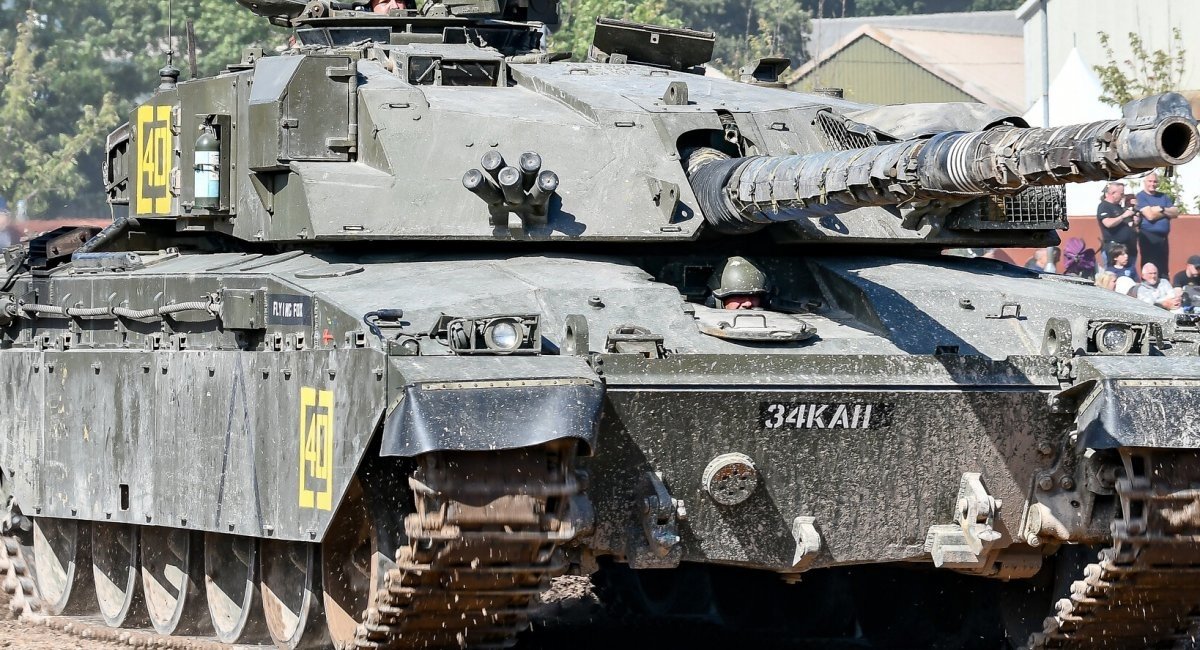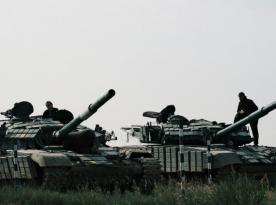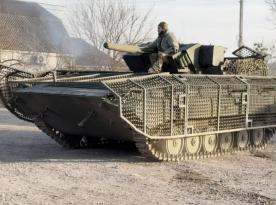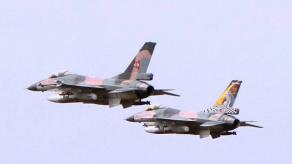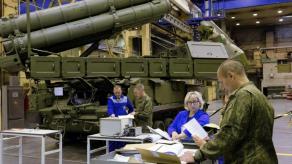British Challenger 1 main battle tanks are being repaired, refurbished, and partly modernized in order to be delivered to the Armed Forces of Ukraine. A Ukrainian journalist Roman Bochkala provided a glimpse of this process taking place at an unknown location. Judging by certain details, it may well be somewhere in the United Kingdom.
Although the photo he shared on social media depicts not a Challenger 1 but a Chieftain tank. Defense Express will discuss it in an upcoming article. Meanwhile, there is a chance Bochkala simply chose the wrong tank to shoot a video.
Read more: British Tank Challenger 2: Unique Features, Capabilities and Specifications
Because there is no information about transferring Chieftain to Ukraine. Conversely, the provision of the Challenger 1 has been approved officially: Minister of Defense of the UK Ben Wallace during his speech to the parliament mentioned that in addition to donating a squadron (14 vehicles) of Challenger 2 tanks, Great Britain also "will be bringing a further squadron of our own Challenger tanks to higher readiness in place of the squadron sent." When saying that, the minister distinguished between Challenger, Challenger 2, and Challenger 3 versions.
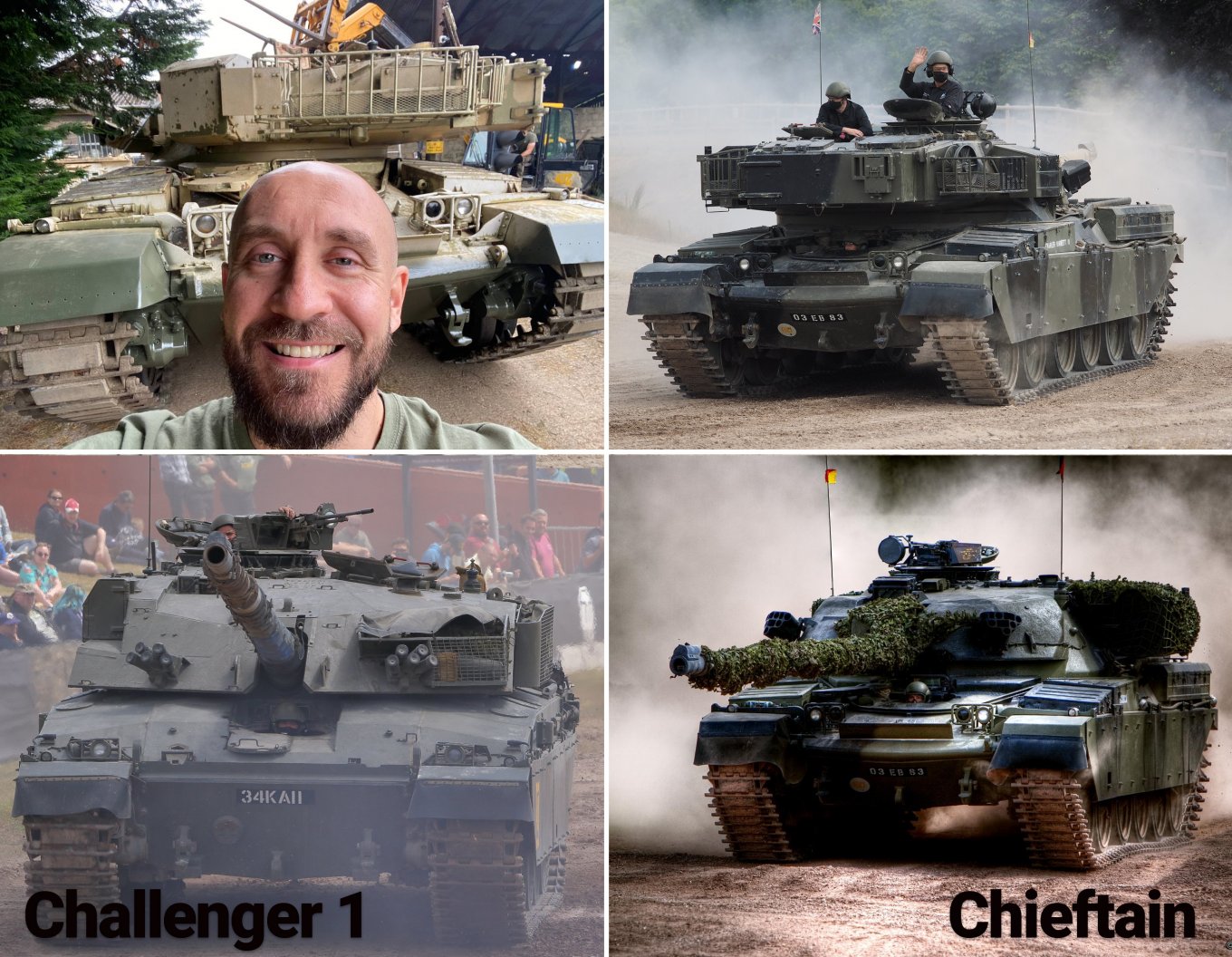
If we consider the British own stock of military vehicles, it is too soon to expect many to arrive in Ukraine. There were 420 Challenger 1s created overall, it was in service with the British Army from 1983 to 2001, until replaced by Challenger 2. A great portion of these vehicles – 402 units, other sources claim 392 – were handed over to Jordan, the vehicles got slightly modernized there, more like, adapted for the hot climate, and received the new name – Al-Hussein.
With that, the number of tanks that theoretically could be left in Great Britain is 18 or 28. this number doesn't include engineering equipment based on Challenger 1: plus about 80 tank-based utility vehicles in service.
However, then Jordan planned to withdraw all its Challenger 1 (Al-Hussein) tanks for storage by early 2023 aiming to replace them with French Leclerc re-exported from the UAE. In 2022, the number of tanks in service was only 80 units already, according to The Military Balance.
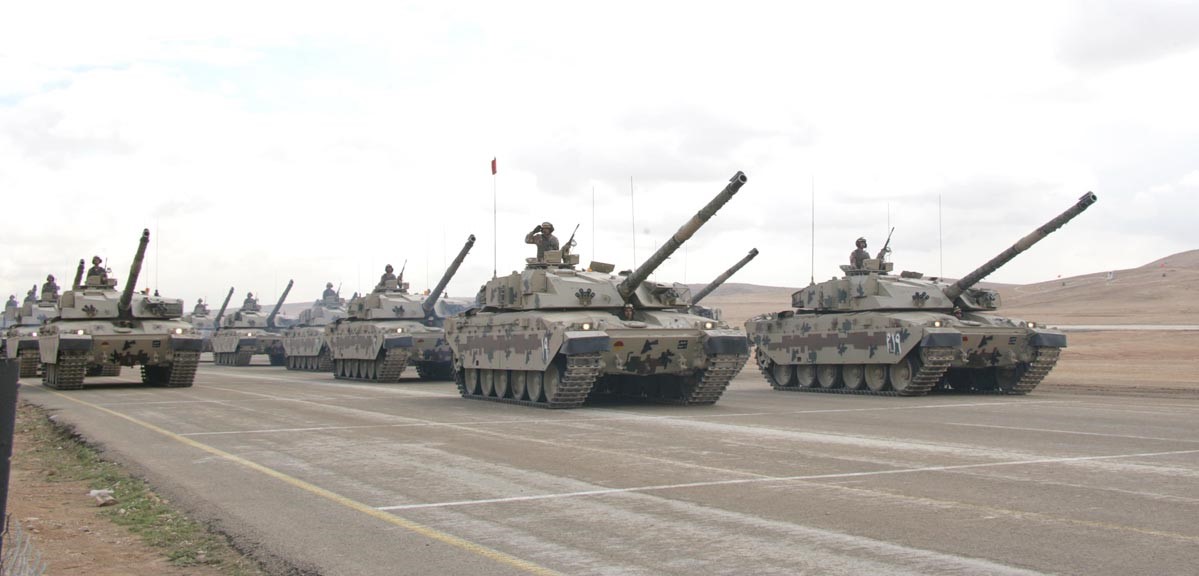
This way, Great Britain could potentially have an entire fleet of 400 vehicles returned; this became a topic for discussion in Western media earlier this year – there were suggestions to restore these vehicles at a joint venture by Rheinmetall, BAE Systems, and local RBSL.
Worth noting, despite Challenger 1 being withdrawn from service, it is not a critically outdated combat vehicle. This tank has a multilayered Chobham armor which was later applied to Challenger 2 and M1 Abrams, this armor is superior in specifications to the conventional tank steel.
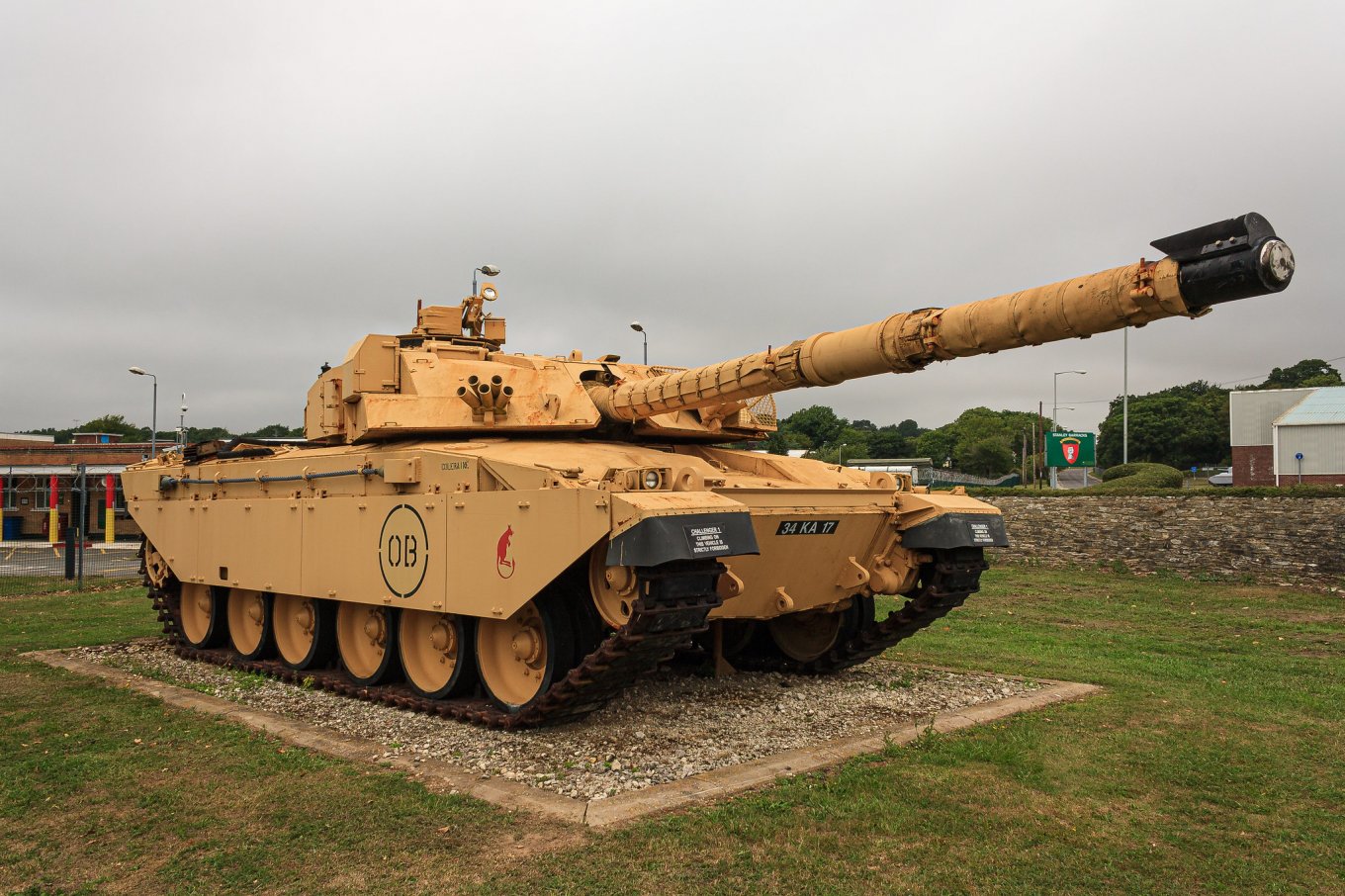
The main gun is the 120mm Royal Ordnance L11A5 with a barrel range length of 55 calibers. It was replaced by L30 on the Challenger 2 only in 1998. The ammunition suits both these guns, separate-loading. According to the available data, the standard L26A1 APFSDS projectile when fired from an L11 has only 10% decreased effectiveness compared to the same shot from an L30.
This fairly powerful gun is combined with a developed fire control system with a thermal imager, laser rangefinder, and ballistic computer. Hit precision from 10 km is 90%. By the way, it is Challenger 1 that holds the record for a successful hit on an enemy tank, an Iraqi T-55 during Operation Desert Storm – 4.7 km.
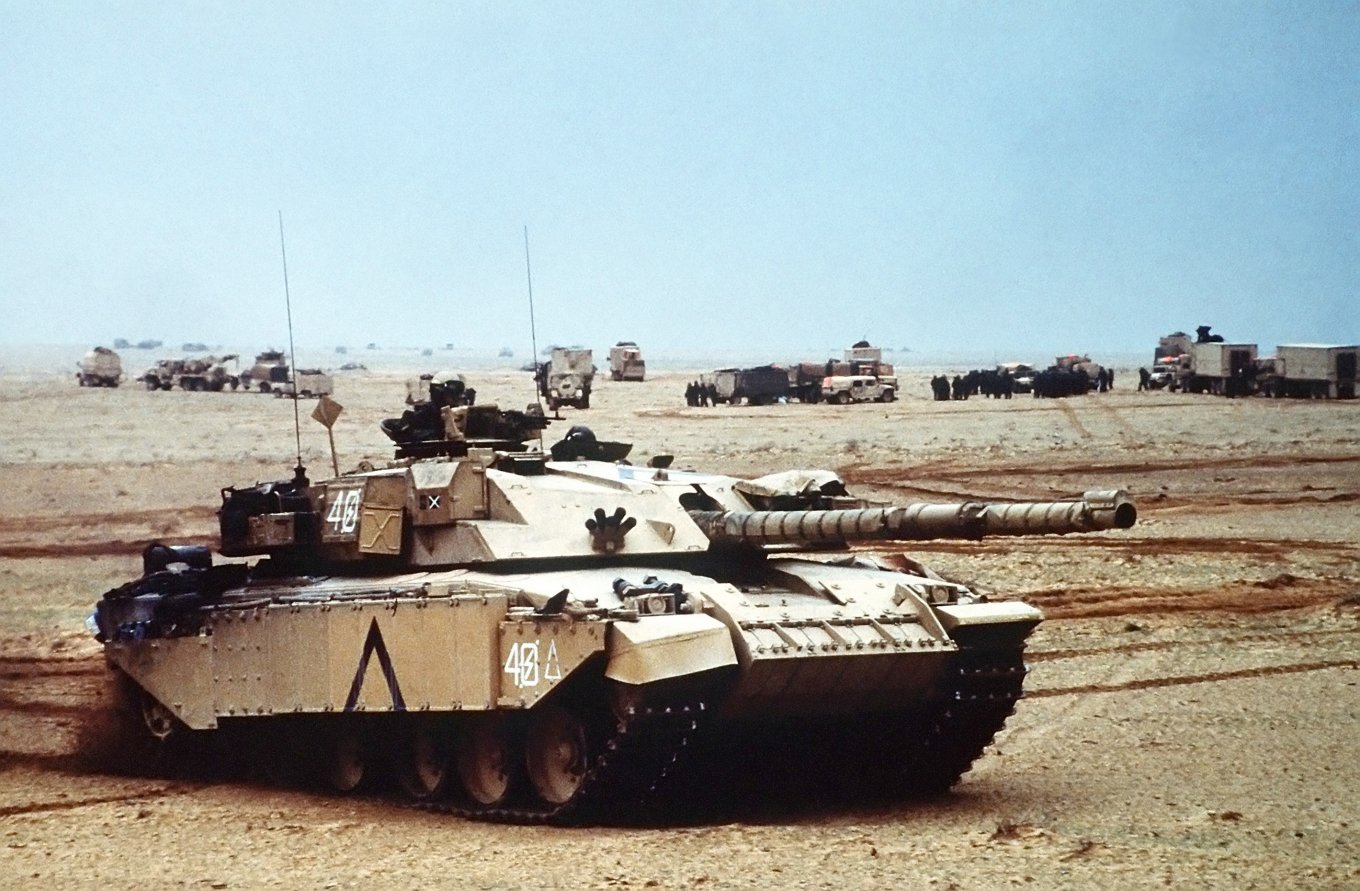
The mobility is provided by a Perkins Condor CV12, 6-liter turbo diesel engine with an output of 1,200 hp. It supplies a 62-ton vehicle with 19.3 bhp per ton. It is higher than Challenger 2 which shows the result of 18.7 bhp per ton (16.0 bhp per ton with additional armor kit). For comparison, the Soviet contemporary T-64BV reached the power of 16.4 bhp per ton.
The engine is mated to a David Brown Defense Equipment Limited TN37 automatic transmission that has four forward and three reverse gears.
The maximum speed the vehicle can travel is 56 km/h, at the same time, the torsion hydropneumatic suspension of the tank ensures a high smoothness of movement and the enables tank to move swiftly on rough terrain (which is more important than the speed figures "on asphalt" that are relevant only paper).
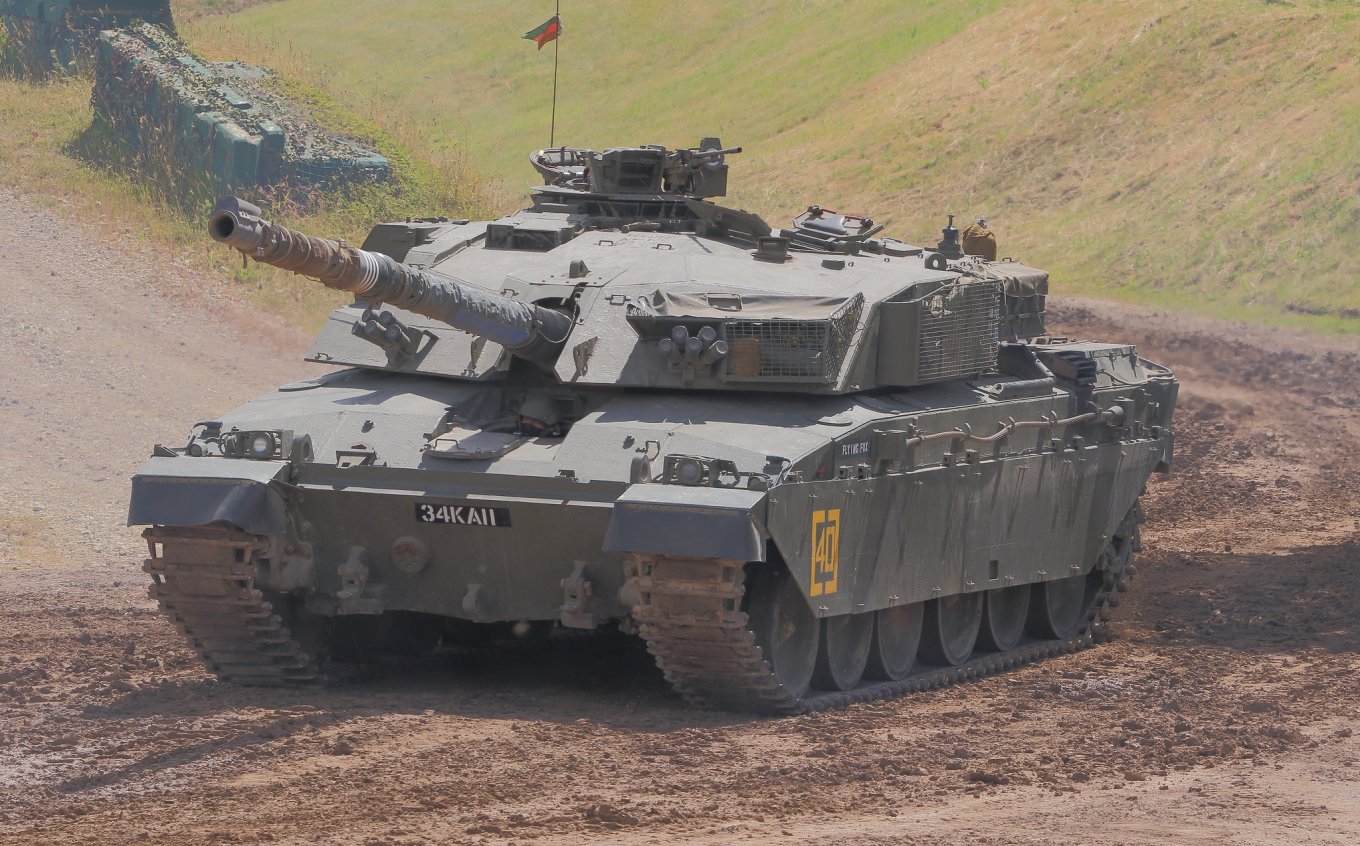
To sum things up, Challenger 1 is indeed an old 1980s main battle tank but still meets the requirements of a modern battlefield. In fact, if we consider all the types of decommissioned tanks that could be sent as military aid in Ukraine, Challenger 1 would be the most advanced among them by all parameters. Provided that there is a potential resource of 400 tanks available, the decision to provide them was farsighted and necessary, from Ukraine's perspective.
Challenger 1 specifications
- Weight: 62 tons.
- Engine: Perkins Condor CV12, 1200 hp.
- Power output: 19.3 bhp per ton
- Main armament: L11A5 120mm rifled gun
- Crew: 4 people
Read more: Just Drive Around the Minefields: What German Instructors Trained Ukrainians on Leopard 2




